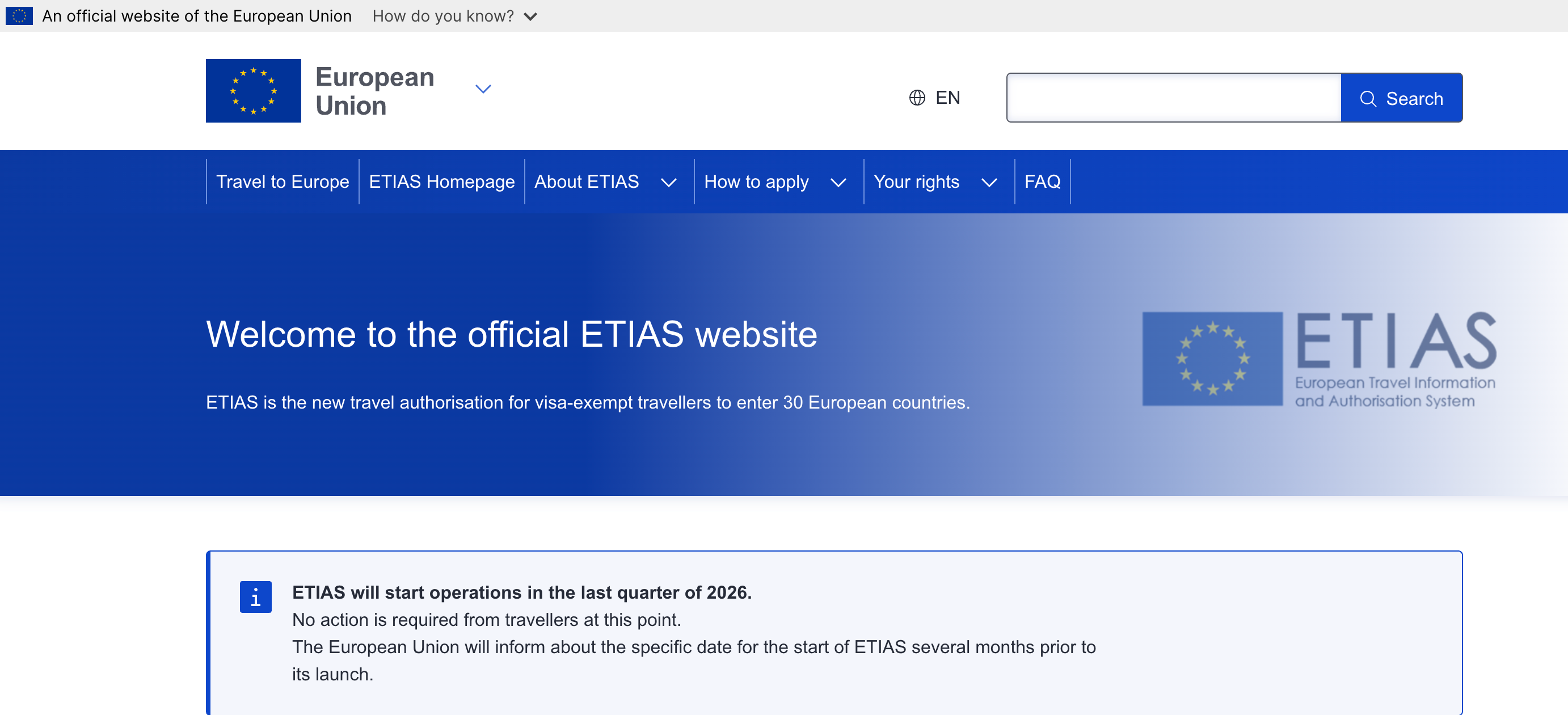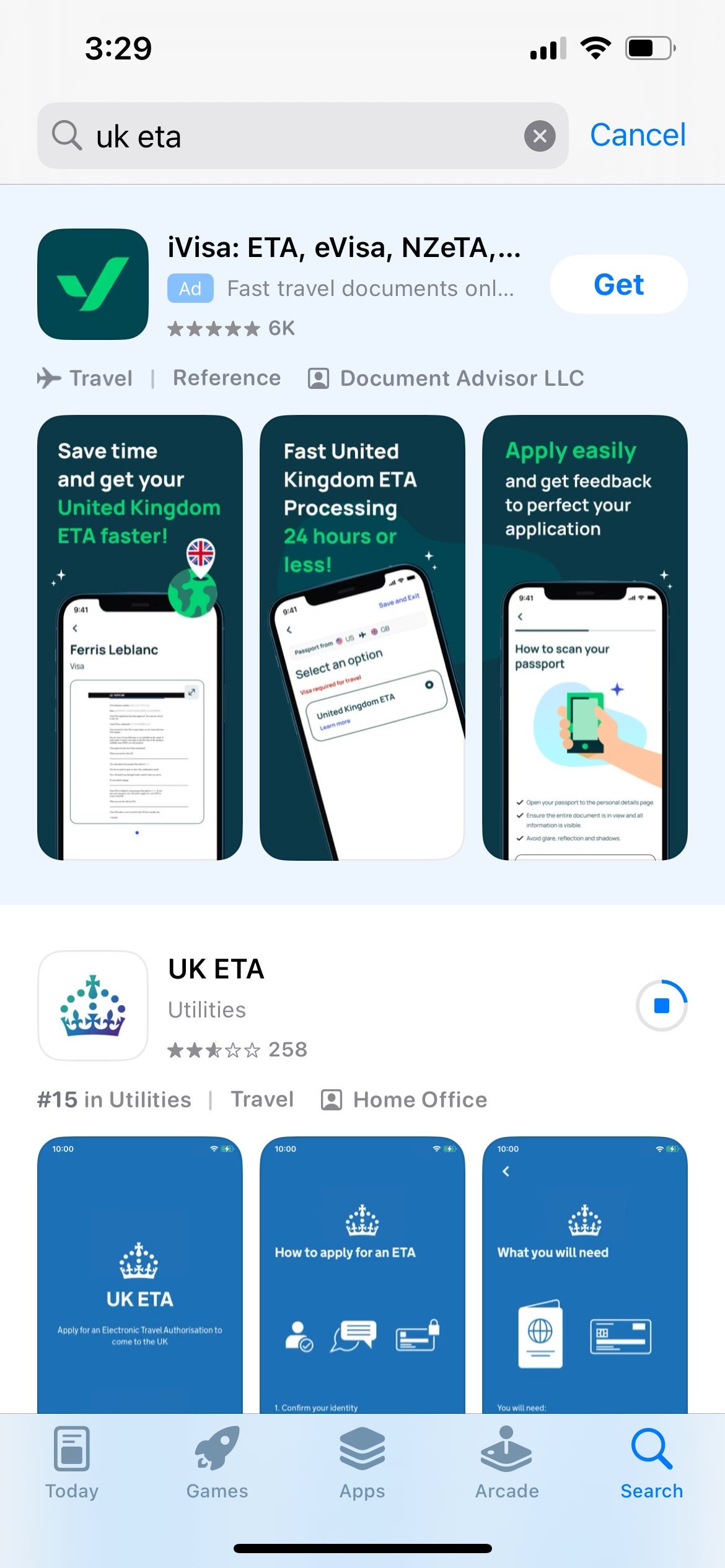The price of a trip to Europe is going up.
The European Union has been planning to roll out a travel authorization for visitors for years now, but it’s finally coming late next year. And before it even gets off the ground, the price has risen pretty dramatically.
When it was originally unveiled, the price was supposed to be just 7 euros (about $8) — but it’s now going to cost 20 euros (about $23).
There is some good news, though, as those younger than 18 or over 70 will not be required to have one. Still, that can add up for multiple family members.
The travel authorization is called the European Travel Information and Authorization System (or ETIAS for short). It will require travelers from countries outside the Schengen Area to fill out an application prior to arrival when visiting most European countries.
It’s essentially a visa-waiver program similar to the current system now in place for the United Kingdom.

You’ll be able to apply via an online portal, but I’m hopeful it will also have an official app eventually.
Hopefully, it’s as easy to apply for as the U.K. version, which I wrote about earlier this year. The application for the new British electronic travel authorization opened back in November. It’s easy to apply through the official government app, but you can also do it online.

It’s also the same type of system that has been in place for years for visitors to the United States. (That one is known as the Electronic System for Travel Authorization.)

Daily Newsletter
Reward your inbox with the TPG Daily newsletter
Join over 700,000 readers for breaking news, in-depth guides and exclusive deals from TPG’s experts
ETIAS will allow visitors from 60 countries outside the Schengen Area, including the U.K. and the U.S., to enter Europe for up to 90 days within a 180-day period without a full visa. Those who are required to have a visa, like visitors from India, won’t need to apply for an ETIAS as well.
The news comes as we learned Europe will begin scanning visitors’ passports this October as it rolls out biometric screening of all inbound passengers. This means no more passport stamps when traveling to and from the EU.
We’ll have much more coverage as we learn more details about how to apply and get information on timelines.
Related reading:
